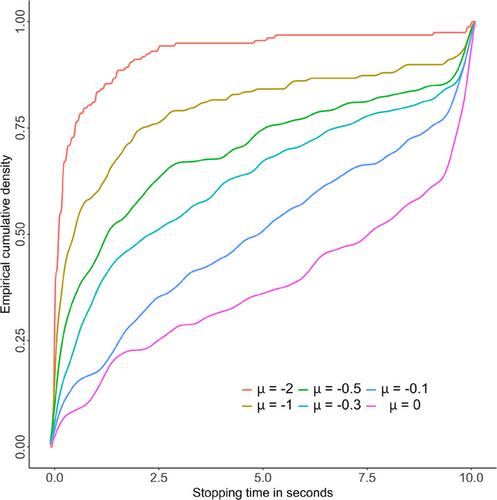动态显著性模型中的最优停止
IF 1.3
3区 经济学
Q2 ECONOMICS
引用次数: 0
摘要
我们从显著性理论的角度研究风险下的动态选择。我们对突出思维者的赌博决策和策略选择进行了预测。我们通过实验检验了我们的模型,发现所有预测都得到了支持。我们还发现静态选择和动态选择之间存在很强的相关性,这表明显著性理论可以连贯地解释静态和动态背景下的风险选择。我们的研究结果有助于理解人们何时出售资产、停止赌博、进入就业市场或退休。本文章由计算机程序翻译,如有差异,请以英文原文为准。

OPTIMAL STOPPING IN A DYNAMIC SALIENCE MODEL
We study dynamic choice under risk through the lens of salience theory. We derive predictions on salient thinkers' gambling decisions and strategy choices. We test our model experimentally and find support for all of our predictions. We also detect a strong correlation between static and dynamic choices, suggesting that salience theory can coherently explain risky choice in both static and dynamic contexts. Our results help to understand when people sell assets, stop gambling, enter the job market, or retire.
求助全文
通过发布文献求助,成功后即可免费获取论文全文。
去求助
来源期刊

International Economic Review
ECONOMICS-
CiteScore
2.60
自引率
0.00%
发文量
0
期刊介绍:
The International Economic Review was established in 1960 to provide a forum for modern quantitative economics. From its inception, the journal has tried to stimulate economic research around the world by publishing cutting edge papers in many areas of economics, including econometrics, economic theory, macro, and applied economics.
 求助内容:
求助内容: 应助结果提醒方式:
应助结果提醒方式:


